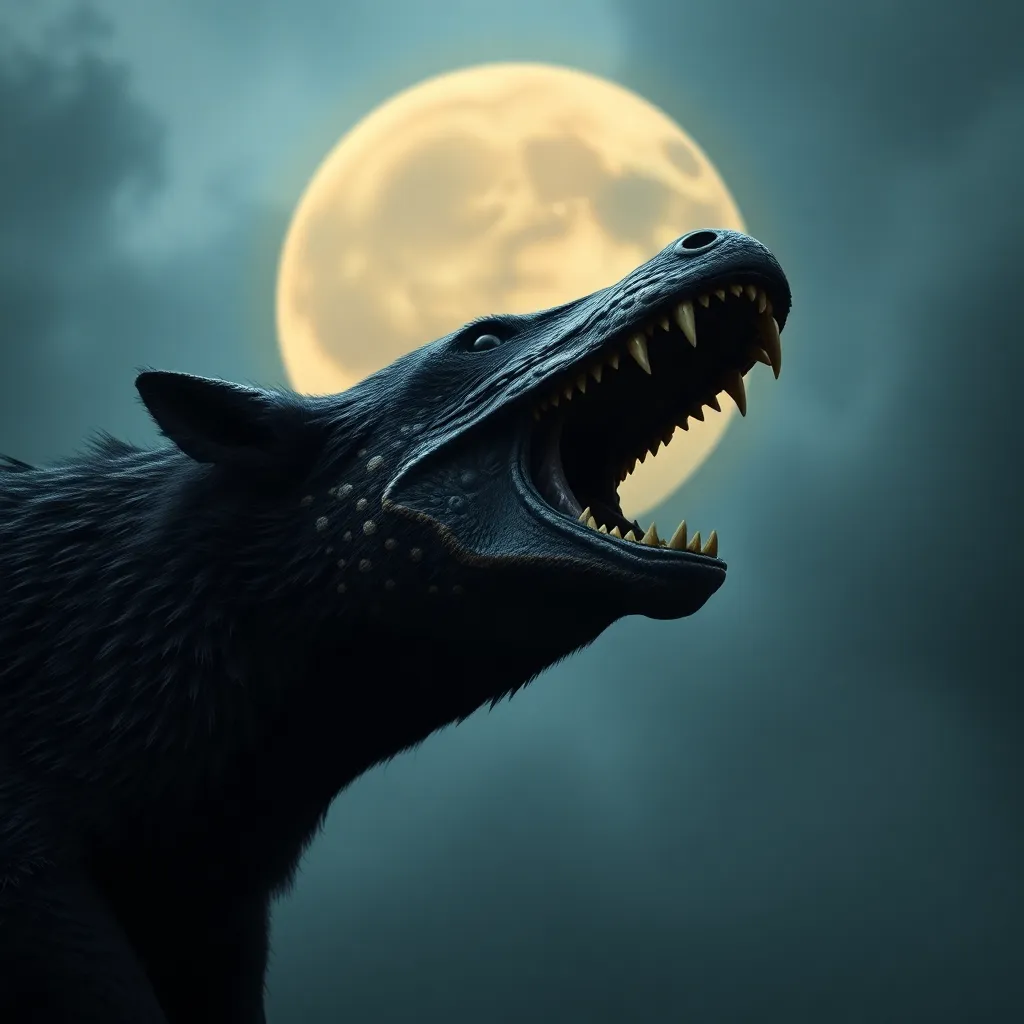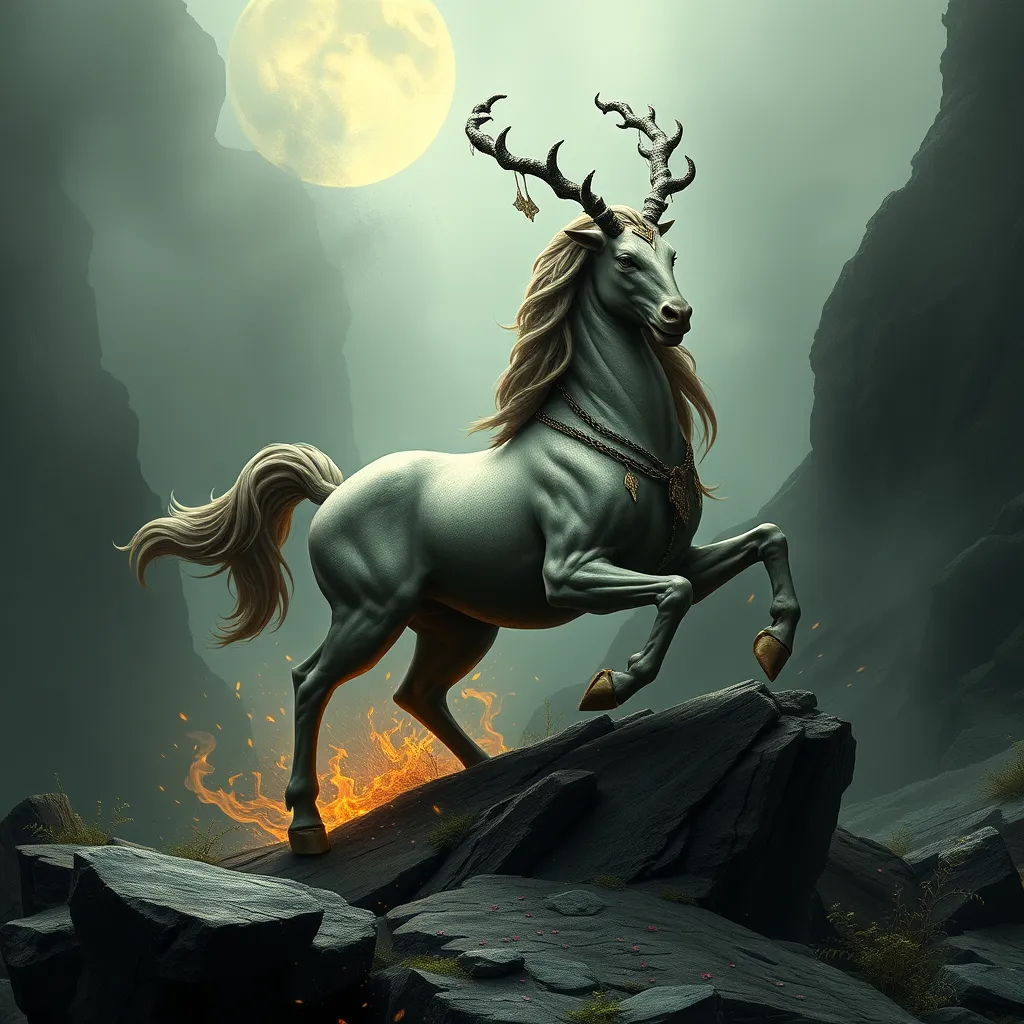Chupacabra: Fact or Fiction? Analyzing the Evidence and Debunking the Myth
I. Introduction
The Chupacabra, often described as a mysterious creature that preys on livestock, particularly goats, has become a staple of modern folklore. Its name, which translates to “goat-sucker” in Spanish, evokes images of a terrifying being lurking in the shadows, waiting to pounce on unsuspecting animals. The purpose of this article is to analyze the evidence surrounding the Chupacabra, explore its mythological roots, and debunk many of the claims associated with it.
II. Origins of the Chupacabra Myth
The legend of the Chupacabra first emerged in the mid-1990s, primarily in Puerto Rico, where a series of livestock killings were attributed to this elusive creature. Since then, the myth has spread across Latin America and into the United States, capturing the imagination of many.
A. Early sightings and reports
The first reported sightings of the Chupacabra occurred in 1995, when a woman in Campo Rico, Puerto Rico, claimed to have found her goats drained of blood with strange puncture wounds on their necks. This incident sparked a wave of similar reports, leading to widespread panic among farmers.
B. Cultural significance in Latin America
In Latin American culture, the Chupacabra has taken on a life of its own, symbolizing both fear of the unknown and the struggle between humans and nature. It has become a metaphor for various societal issues, including economic instability and the loss of traditional ways of life.
C. Evolution of the myth over time
As the Chupacabra myth spread, it evolved into various forms. Initially described as a reptilian creature, depictions later varied, with some describing it as a hairless dog-like animal. This evolution reflects the human tendency to adapt myths to fit cultural narratives and local fears.
III. Description and Characteristics of the Chupacabra
A. Physical descriptions from various eyewitness accounts
Eyewitness accounts of the Chupacabra vary widely, although some common characteristics include:
- Reptilian skin or hairless body
- Large, red eyes
- Sharp fangs and claws
- Spines or quills running down its back
B. Comparison to other mythical creatures
The Chupacabra shares similarities with other legendary creatures, such as the vampire and the werewolf. Both the vampire and the Chupacabra are associated with blood-sucking behavior, while the werewolf embodies the concept of transformation and the duality of human nature.
C. Variations in depictions across cultures
Different cultures have portrayed the Chupacabra in unique ways. In some areas, it is depicted as a small, dog-like creature, while in others, it takes on more monstrous traits. This variation serves to highlight local fears and cultural narratives.
IV. Notable Sightings and Encounters
A. Key cases of alleged Chupacabra sightings
Several notable cases have garnered attention over the years:
- In 1995, the initial reports from Puerto Rico sparked interest.
- In 2000, reports from Texas claimed that livestock were being attacked by a creature resembling the Chupacabra.
- In 2010, a supposed Chupacabra carcass was discovered in the state of Maine, later identified as a raccoon.
B. Analysis of eyewitness testimonies
Many eyewitness testimonies have been scrutinized for credibility. Factors such as stress, fear, and the influence of social media can distort perceptions, leading to exaggerated or false accounts.
C. Impact of these sightings on local communities
The Chupacabra sightings have had a significant impact on local communities, causing fear and anxiety among livestock owners. Some have taken drastic measures to protect their animals, leading to increased spending on security and fencing.
V. Scientific Explanations and Debunking
A. Examination of physical evidence (e.g., photos, carcasses)
Numerous photos and carcasses claimed to be of the Chupacabra have been presented as evidence. However, most have been debunked as either hoaxes or misidentified animals, such as coyotes or dogs suffering from mange.
B. Alternative explanations for sightings (e.g., wild animals, disease)
Many sightings of the Chupacabra can be attributed to wild animals, particularly those in poor health. For example, the hairless appearance of some dogs or coyotes can easily be misinterpreted as a Chupacabra. Additionally, disease outbreaks among local wildlife can create unusual behavior that may be mistaken for the mythical creature.
C. Role of folklore and urban legends in shaping perceptions
Folklore and urban legends play a crucial role in the perpetuation of myths like the Chupacabra. They shape public perception and can lead to a collective belief in the creature, despite a lack of scientific evidence.
VI. Cultural Impact of the Chupacabra Myth
A. Representation in media and popular culture
The Chupacabra has made its way into various forms of media, including films, television shows, and books. It often serves as a symbol of the supernatural and the unexplained, tapping into our fascination with the unknown.
B. Influence on tourism and local economies
In some areas, the Chupacabra myth has become a tourist attraction, drawing visitors interested in folklore and the paranormal. Local businesses often capitalize on this interest, offering tours and merchandise related to the creature.
C. Chupacabra in art, literature, and folklore
Artists and writers have drawn inspiration from the Chupacabra, creating works that explore themes of fear, survival, and the human condition. This myth continues to be a rich source of inspiration for storytelling and cultural expression.
VII. The Psychology Behind Myth Creation
A. Reasons why myths like the Chupacabra persist
Myths like the Chupacabra persist due to a combination of psychological factors, including the need for explanations in times of uncertainty and the human tendency to create narratives that make sense of our experiences.
B. Role of fear and the unknown in shaping beliefs
Fear of the unknown often drives people to accept supernatural explanations for odd occurrences. The Chupacabra serves as a tangible representation of these fears, allowing individuals to express their anxieties in a familiar framework.
C. The impact of social media and the internet on myth propagation
The rise of social media and the internet has accelerated the spread of myths and urban legends. Information can be shared rapidly, allowing for the quick dissemination of Chupacabra sightings and theories, reinforcing belief in the creature.
VIII. Conclusion
In summary, the Chupacabra myth embodies the intersection of fact and fiction, shaped by cultural narratives and human psychology. While the evidence for the existence of the Chupacabra remains tenuous at best, its impact on folklore, local communities, and popular culture is undeniable. It highlights the importance of critical thinking and skepticism in evaluating claims, reminding us that while myths can be entertaining, they often reflect deeper fears and societal issues.



